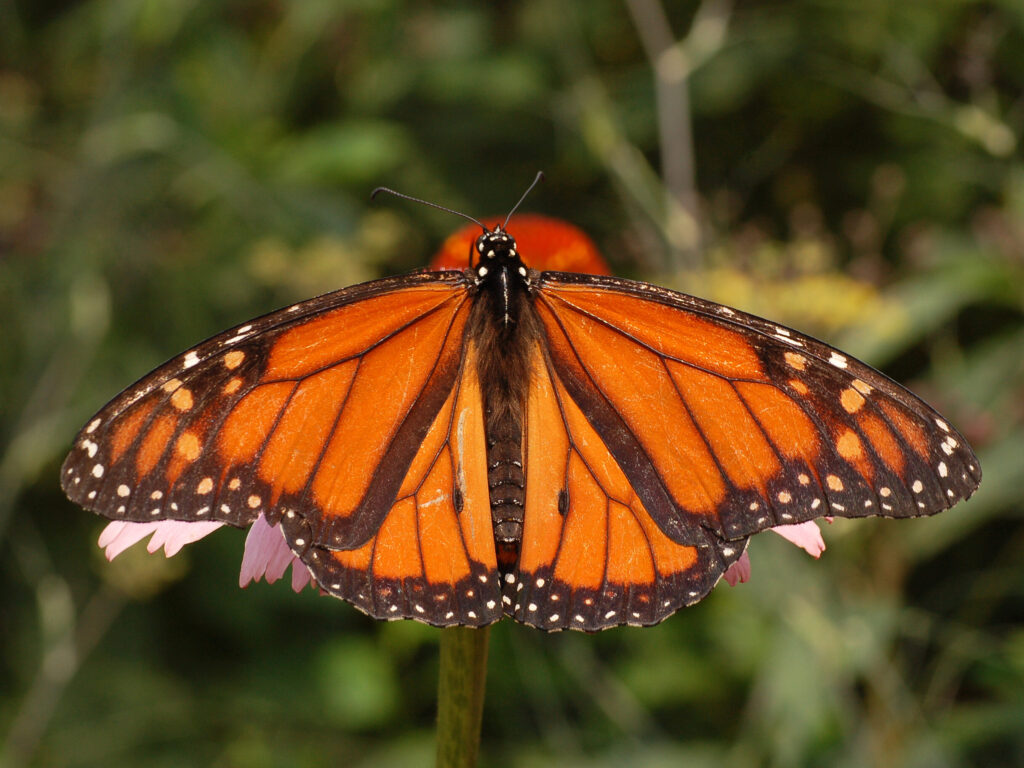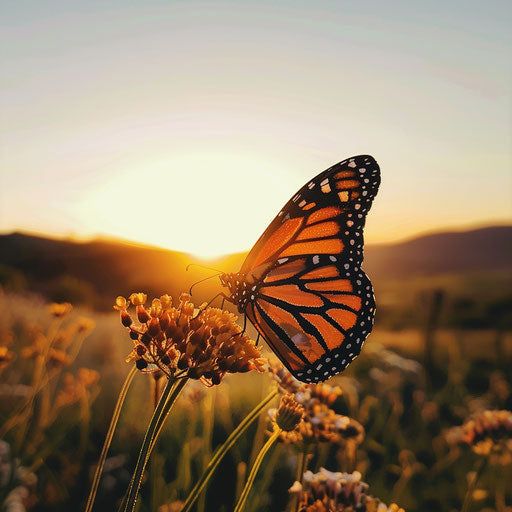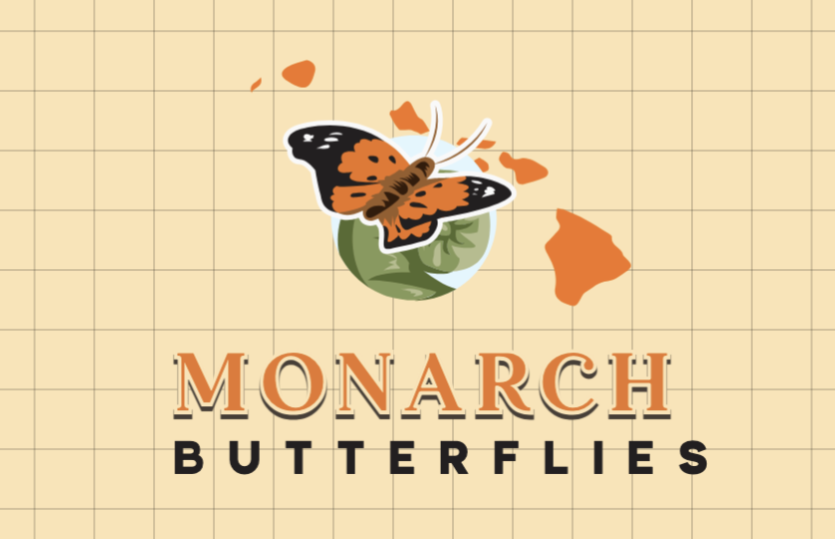


Life Cycle
Most Butterflies: Live for 2 to 4 weeks as adults. The entire life cycle—from egg to adult—can last about 1 to 2 months.
- Egg: The female butterfly lays eggs on host plants, usually on the underside of leaves. These eggs can vary in shape, size, and texture.
- Larva (Caterpillar): When the egg hatches, a caterpillar emerges. This is the main feeding stage, where it consumes leaves and grows rapidly, shedding its skin several times.
- Pupa (Chrysalis): After reaching its full size, the caterpillar forms a protective casing called a chrysalis. Inside, it undergoes a drastic transformation known as metamorphosis.
- Adult Butterfly: The fully formed butterfly emerges from the chrysalis, ready to feed on nectar, find a mate, and continue the life cycle.
Taste with Their Feet
- Chemoreceptors: The tiny hairs or bristles on a butterfly’s legs contain chemoreceptors—specialized sensory cells that can detect chemicals. These cells are similar to taste buds but are highly sensitive.
- Nerve Signals: When a butterfly lands on a leaf or flower, its legs brush against the surface. The chemoreceptors send nerve signals to the butterfly’s brain, helping it “taste” the plant’s chemical makeup.
Mimicry and Camouflage
- Butterflies use mimicry and camouflage as survival strategies to avoid predators. These adaptations help them blend into their environment or trick predators into thinking they are dangerous or inedible. Some butterflies have wing patterns that mimic leaves, tree bark, or flowers, making them nearly invisible when they rest. Example: The Zebra Swallowtail Butterfly has striped wings that help it blend into forest shadows.
